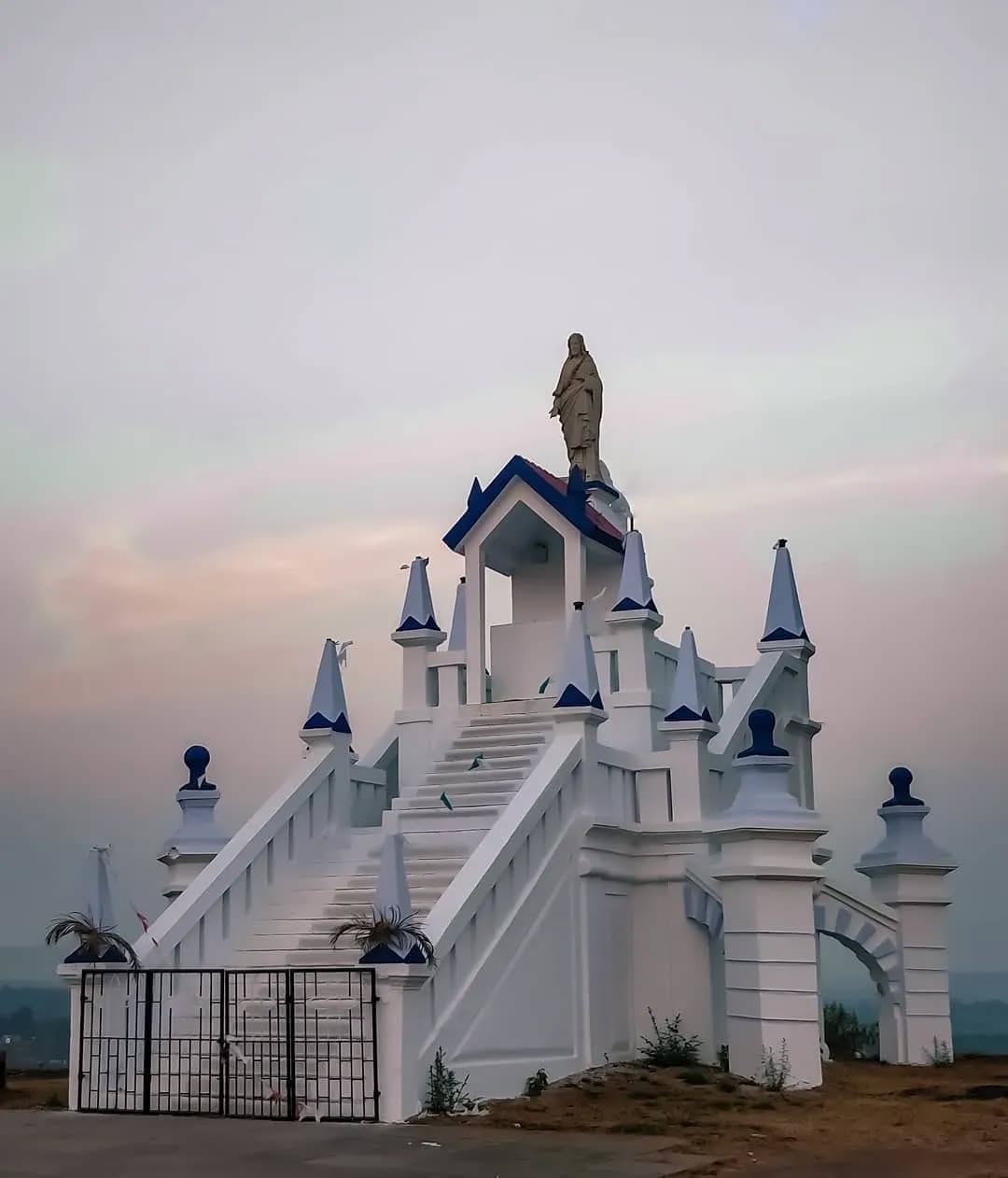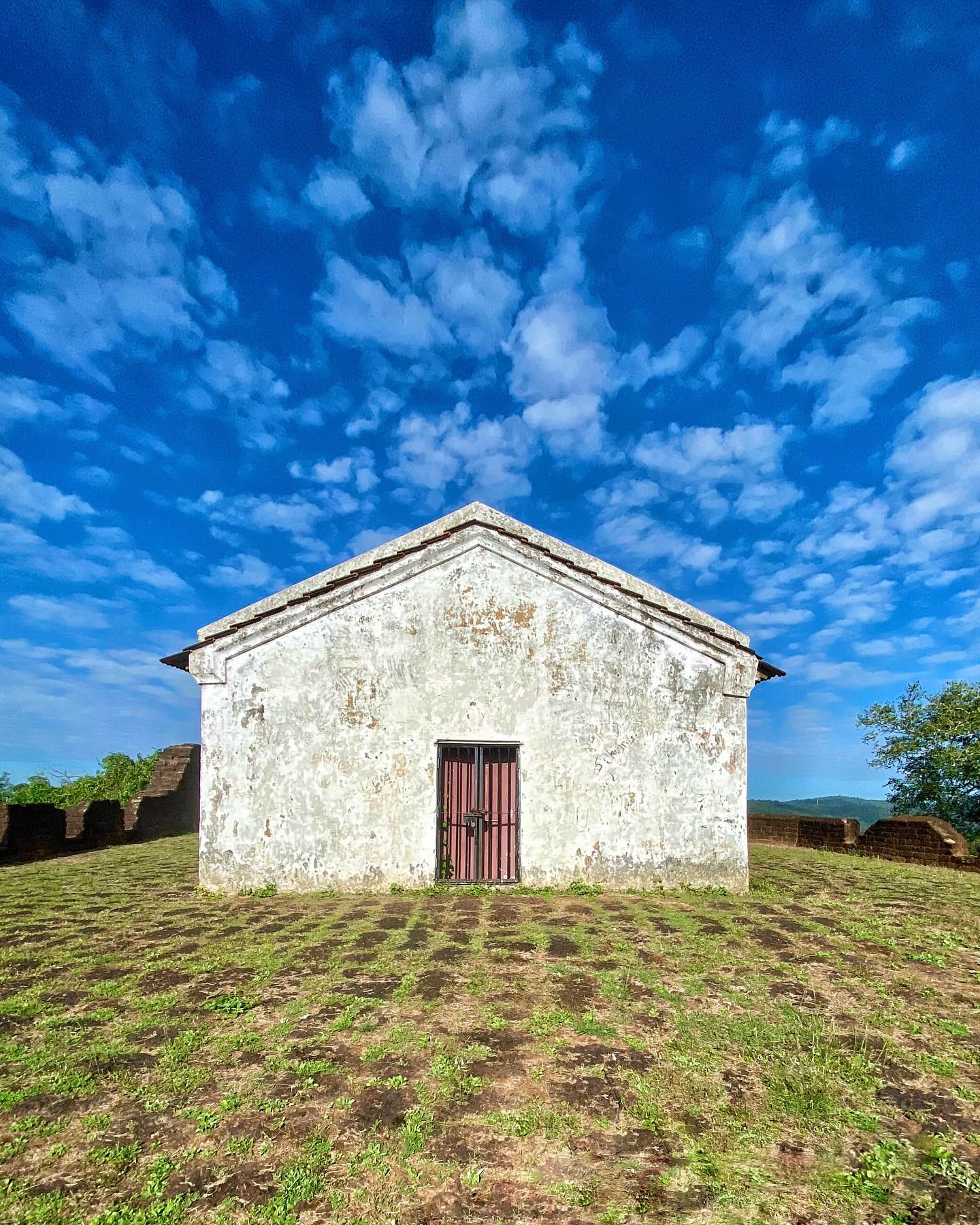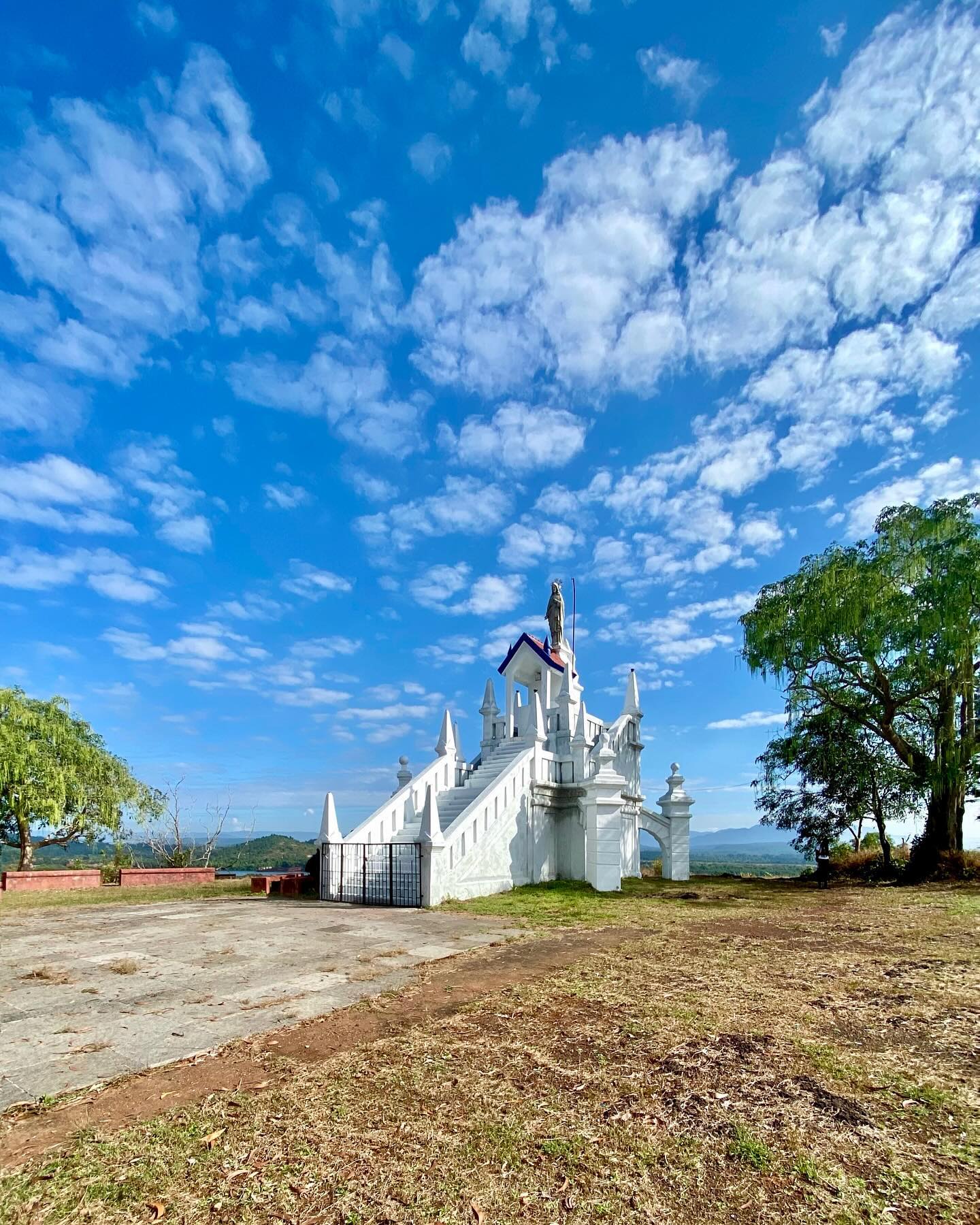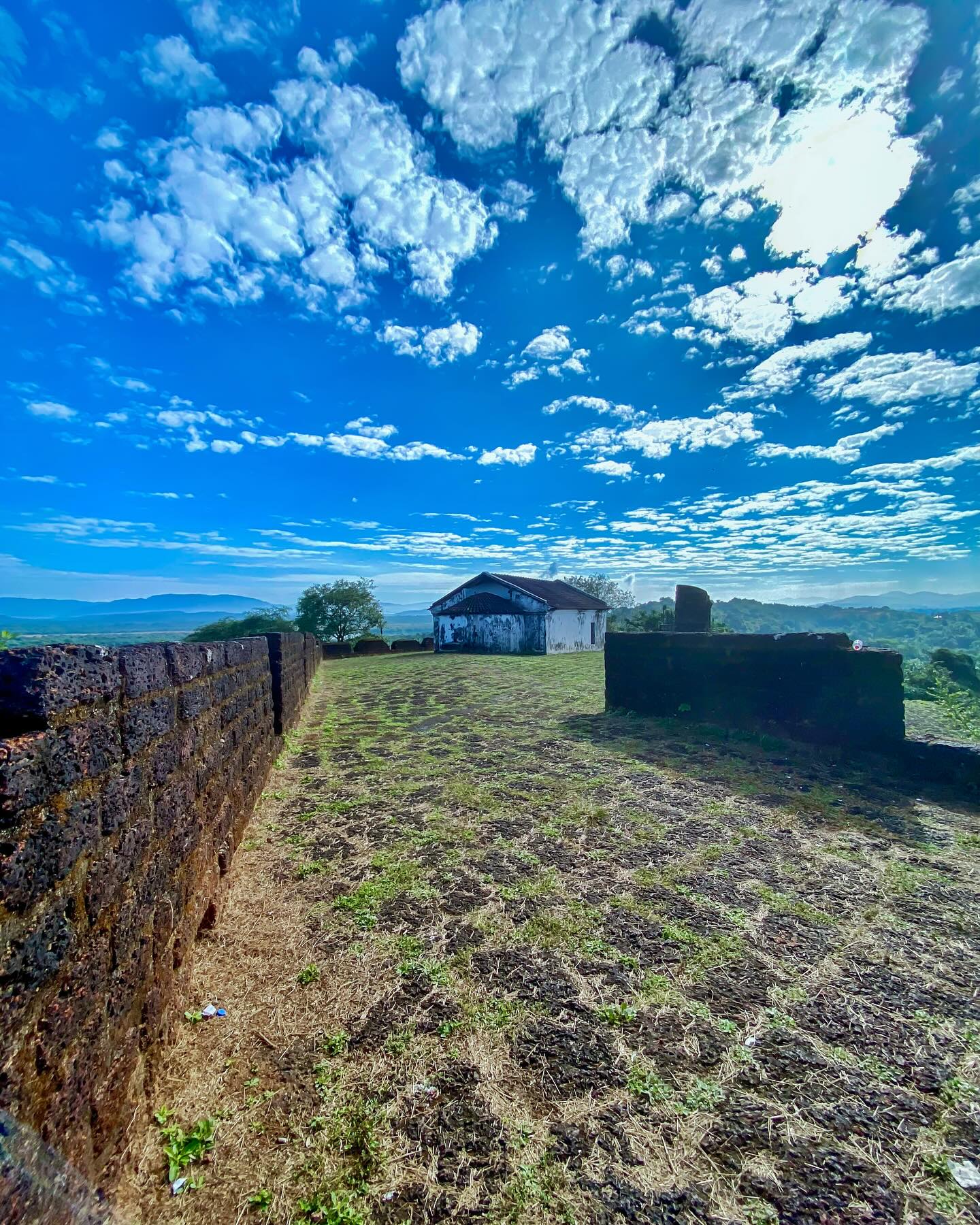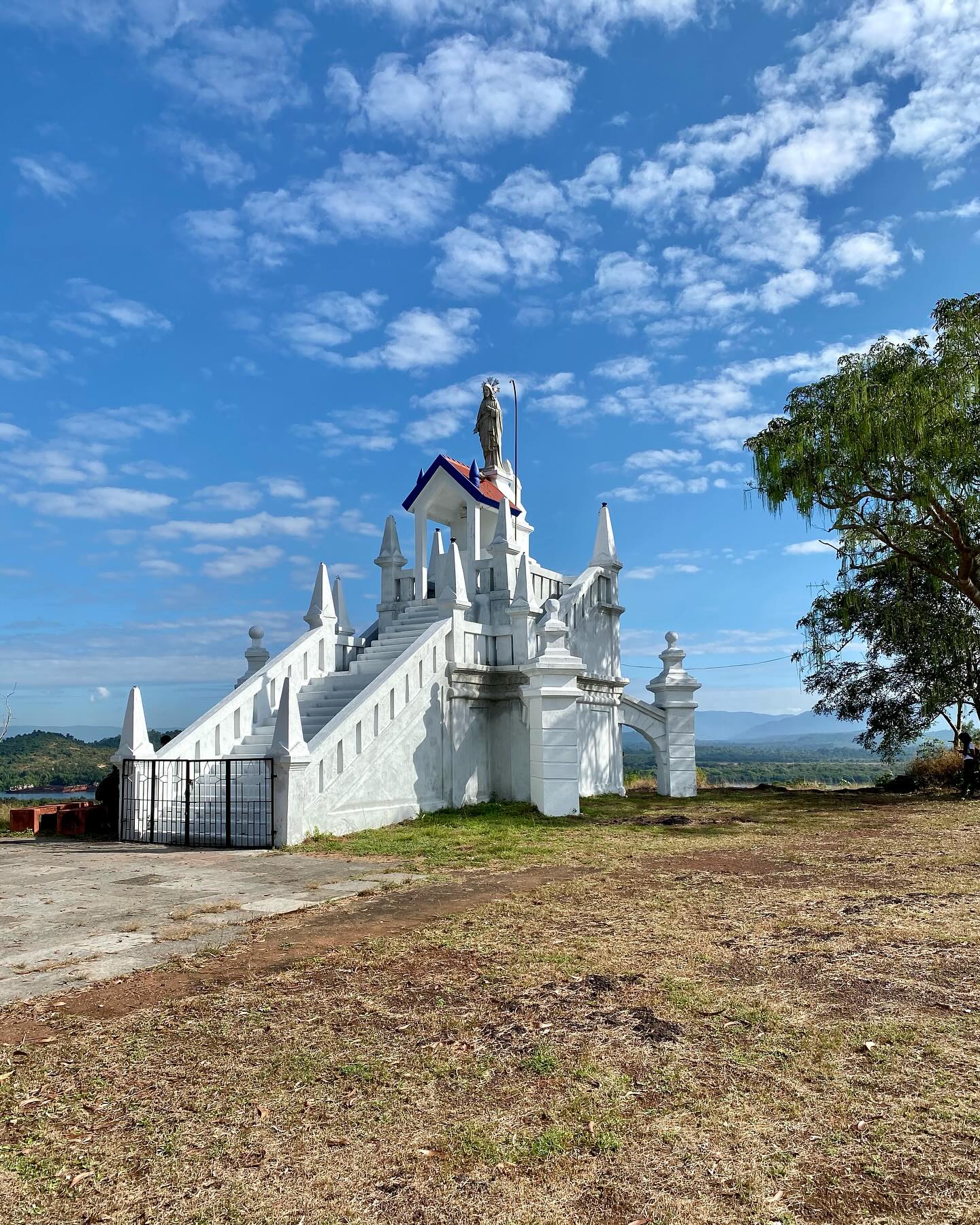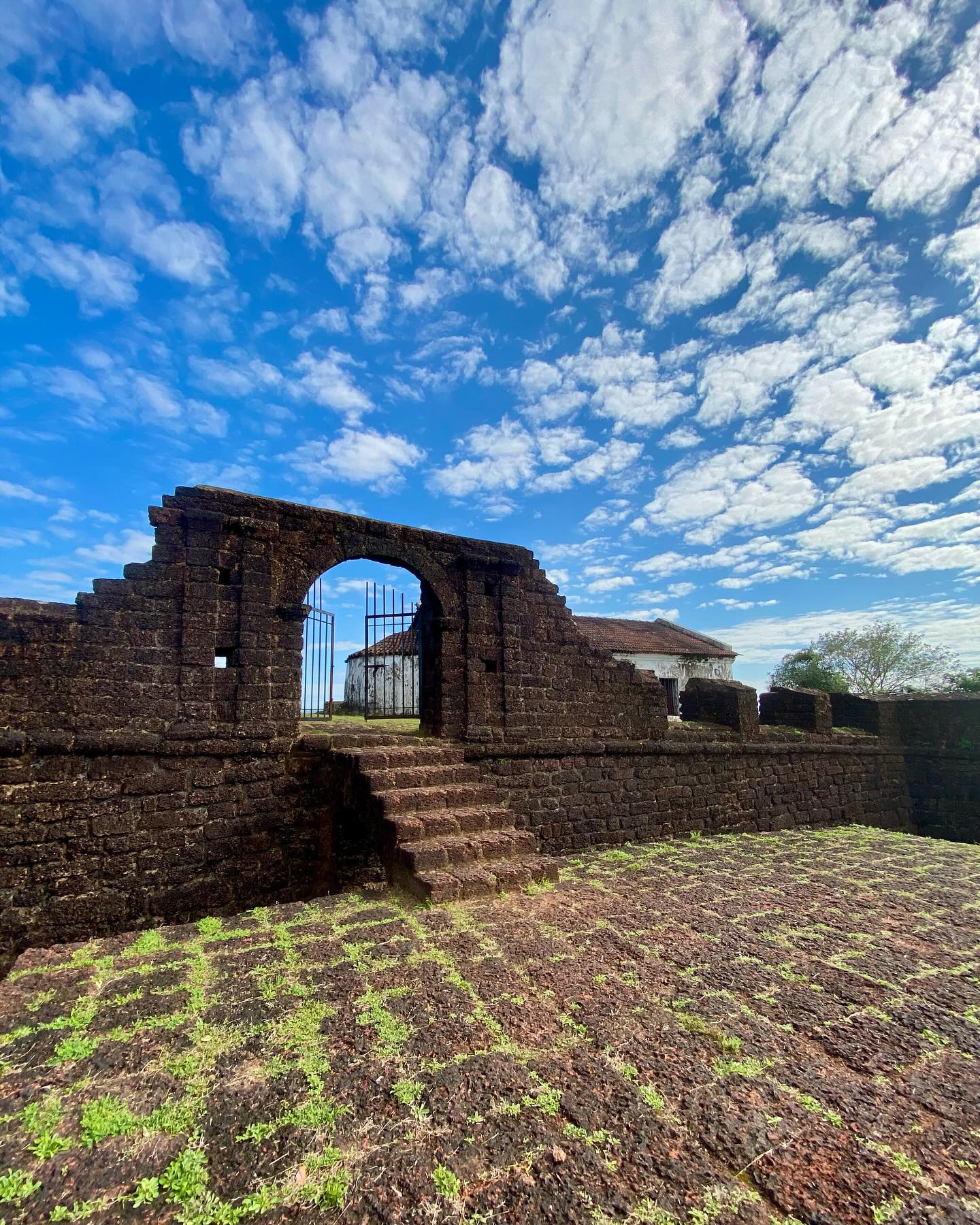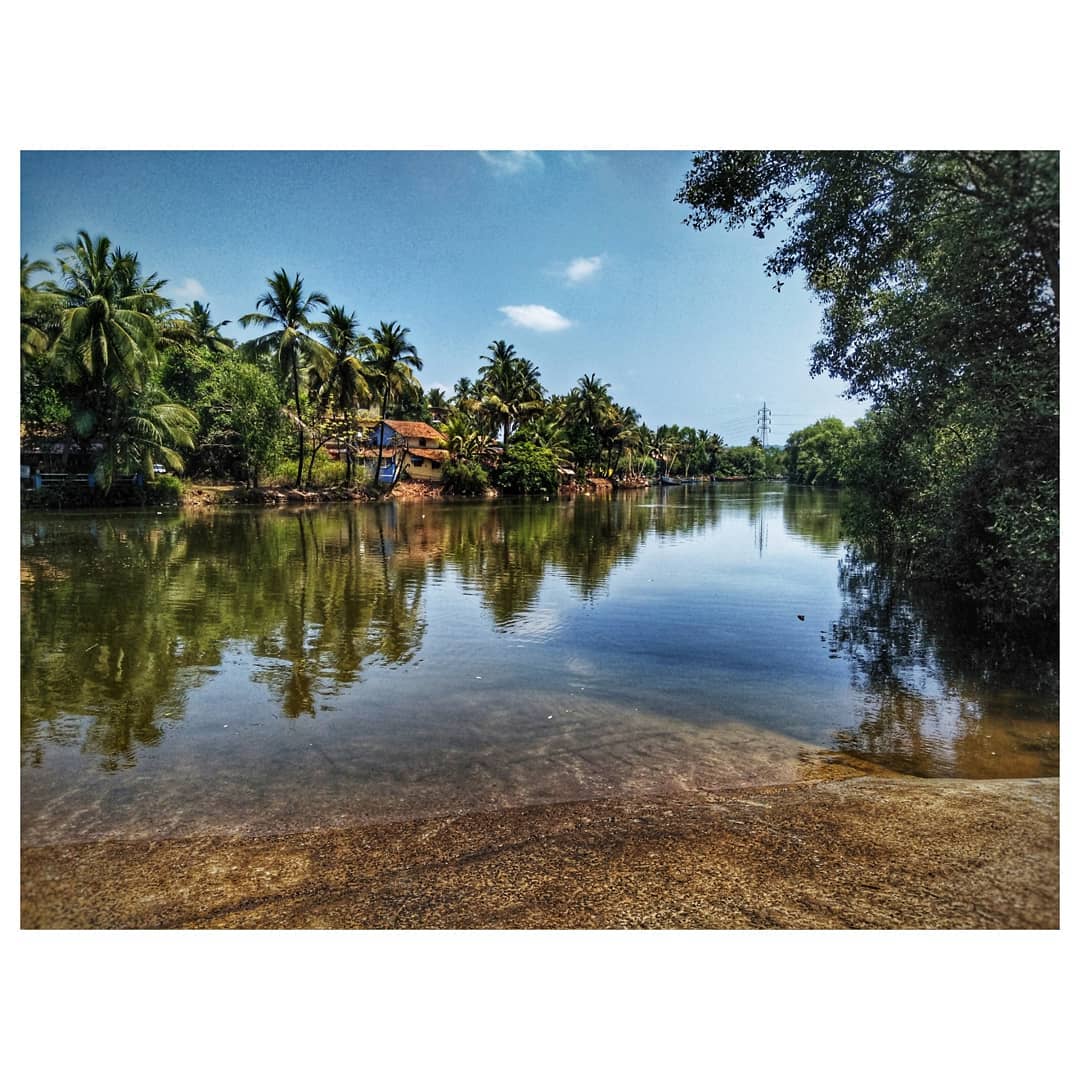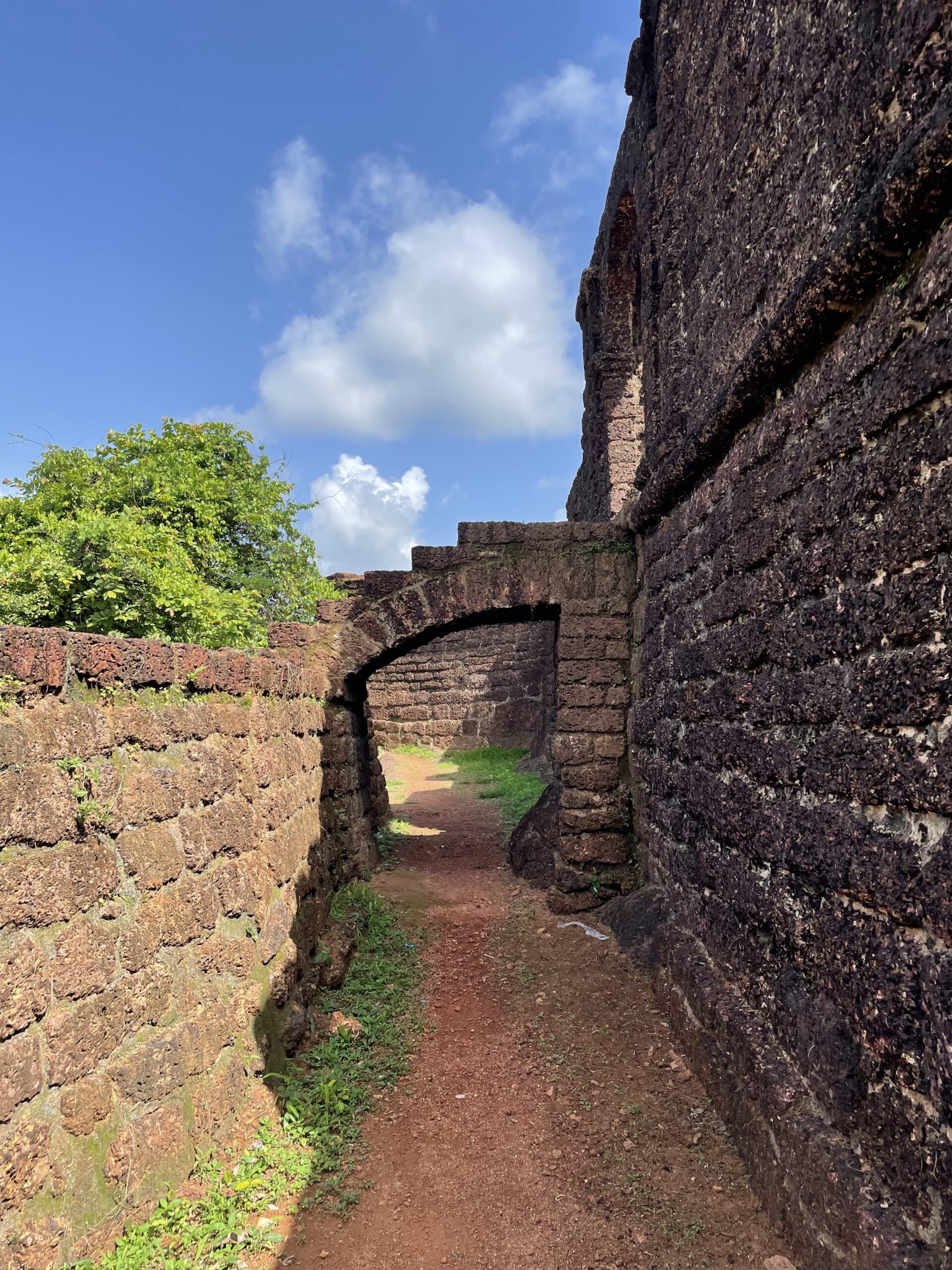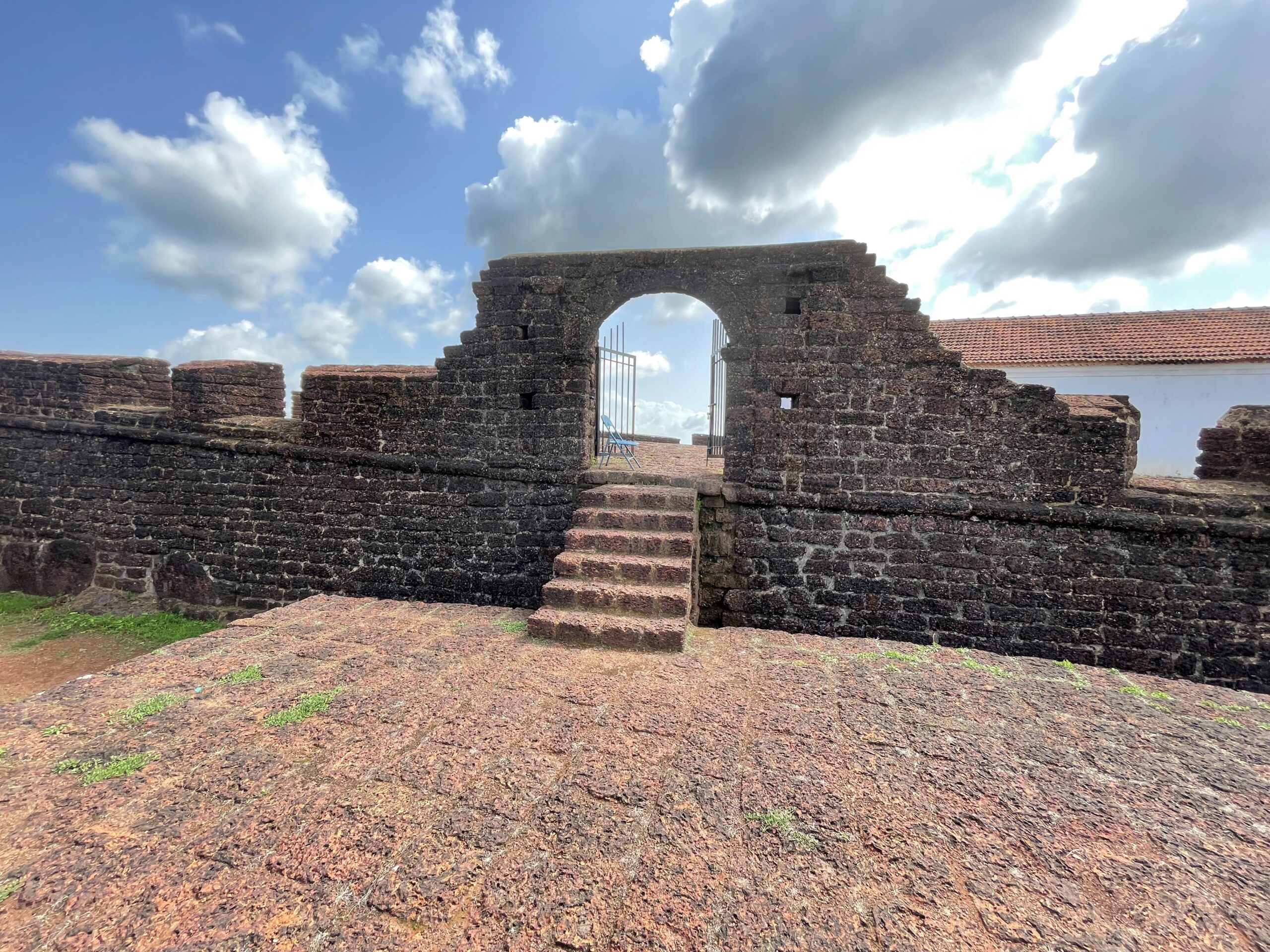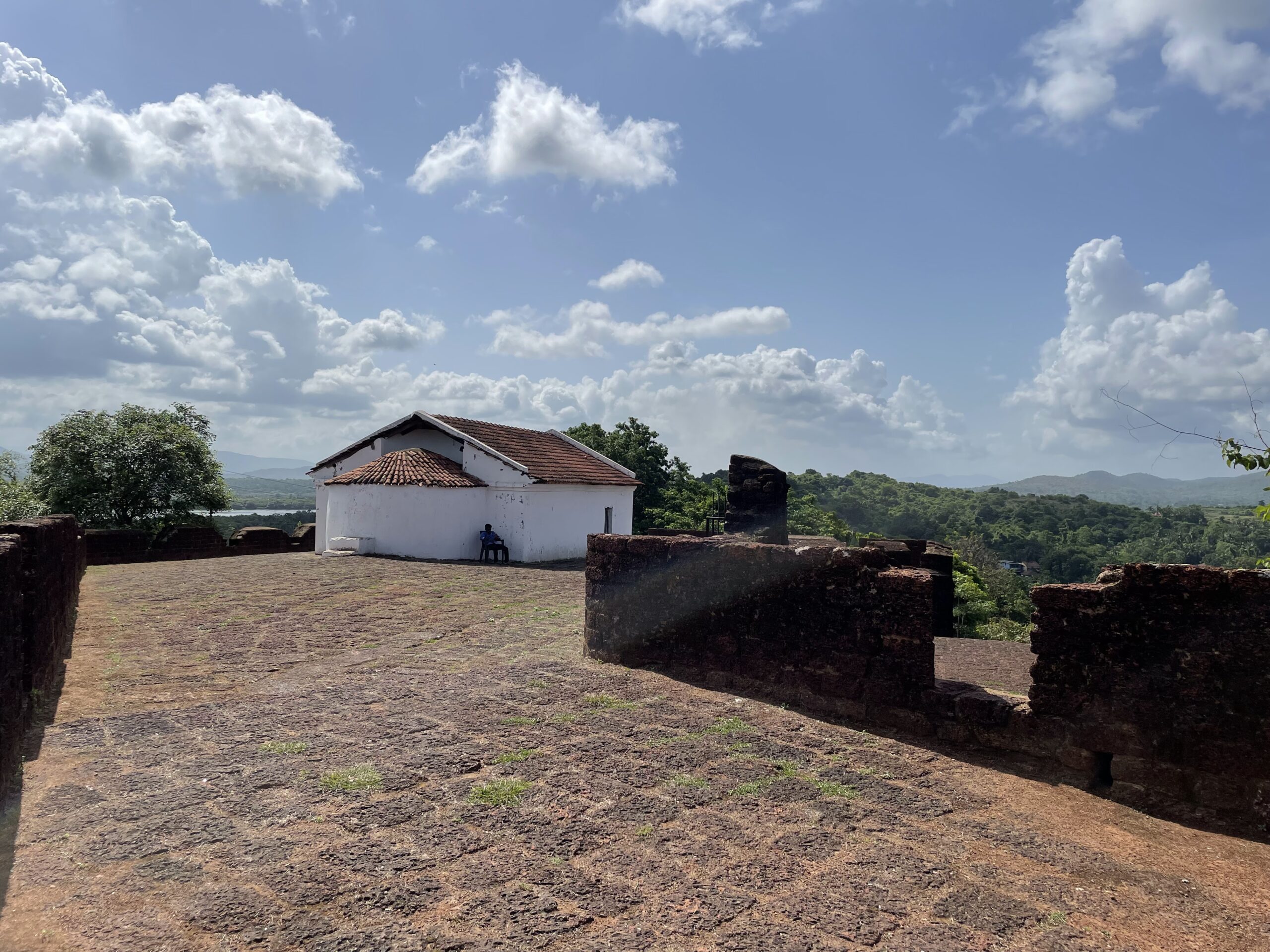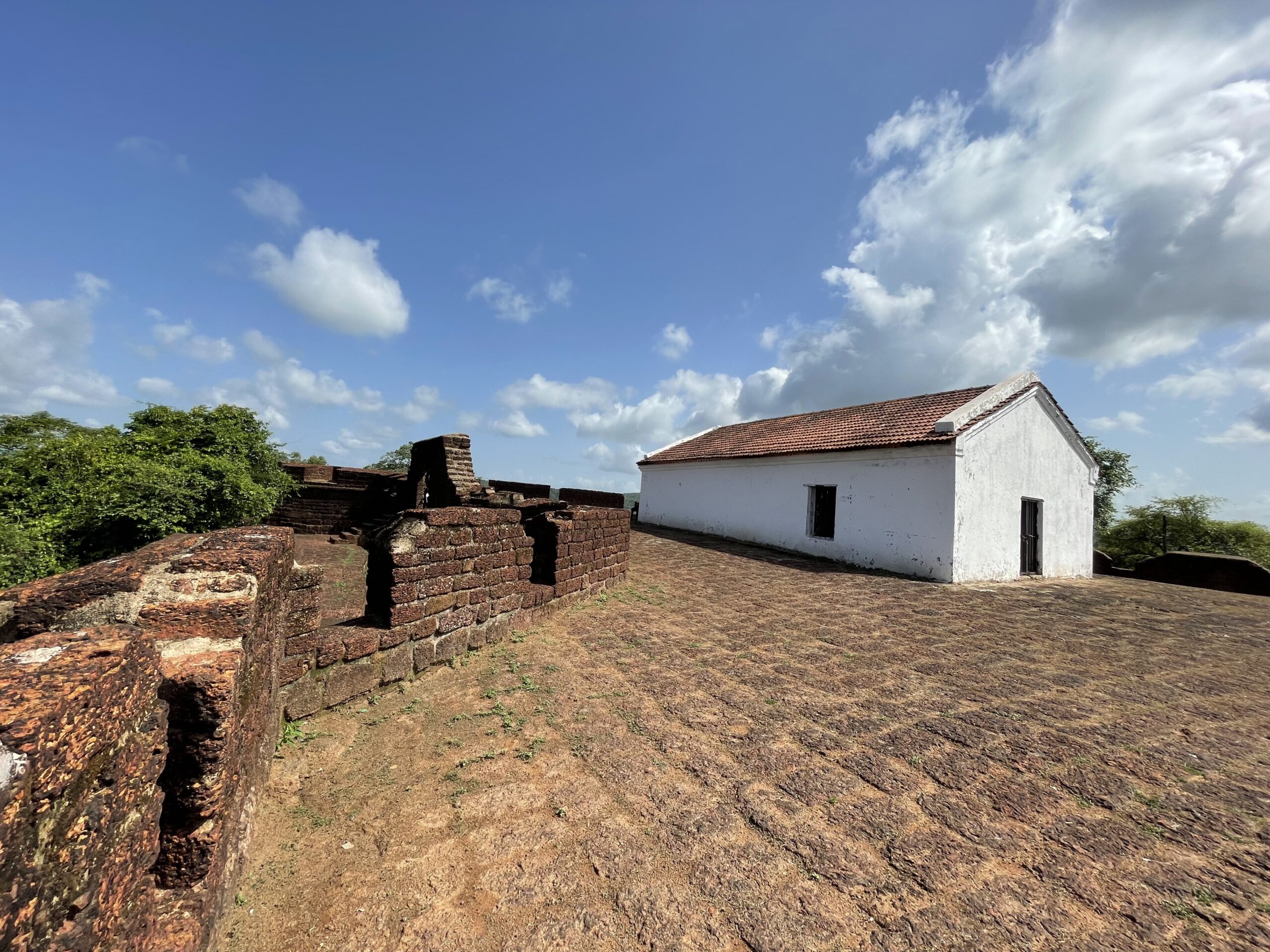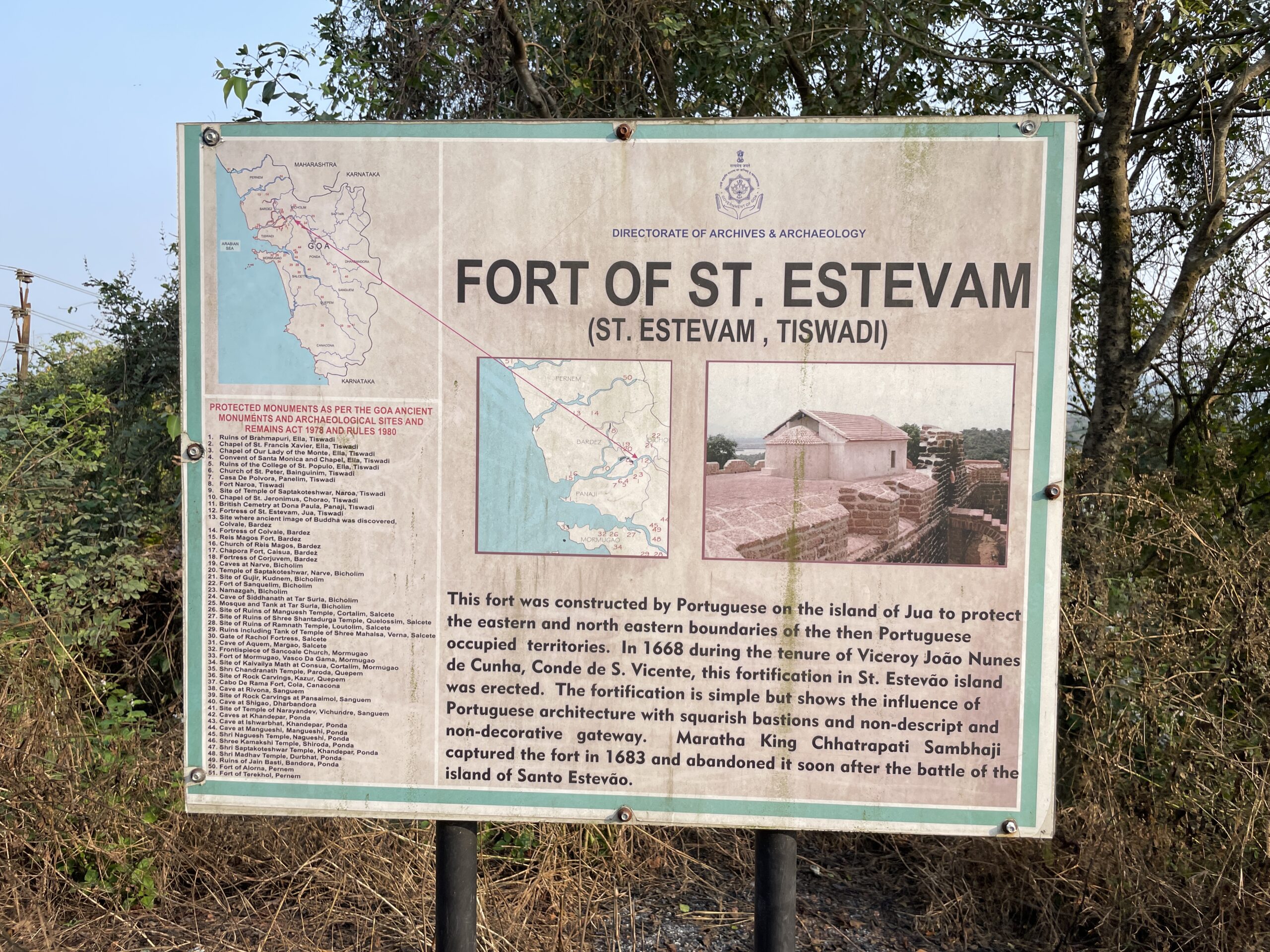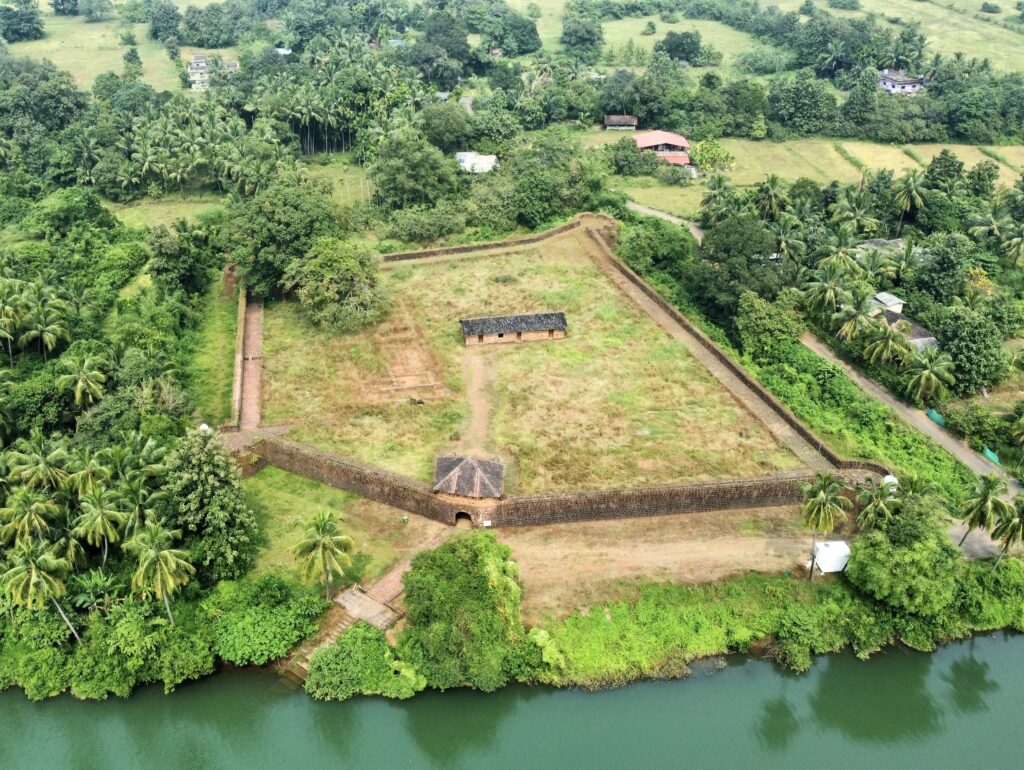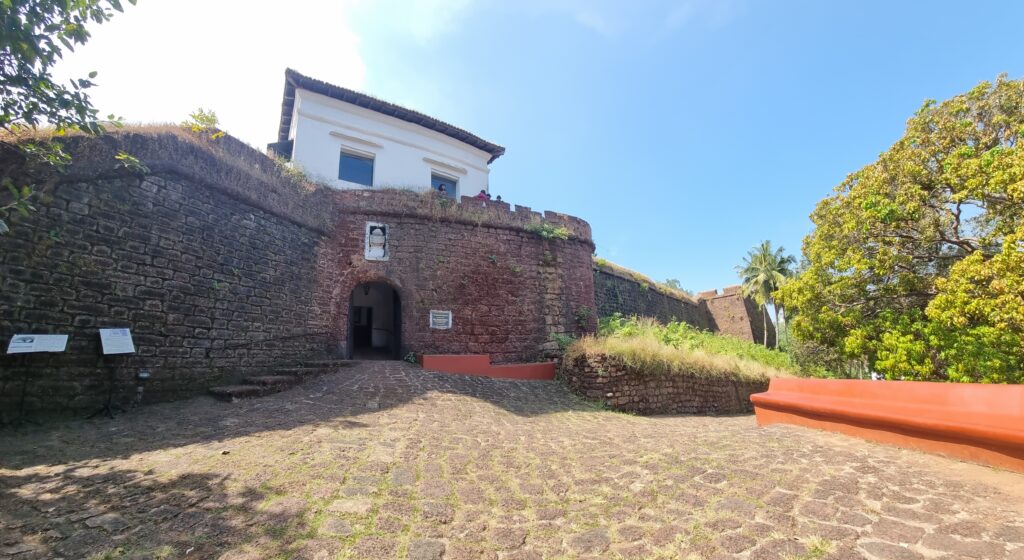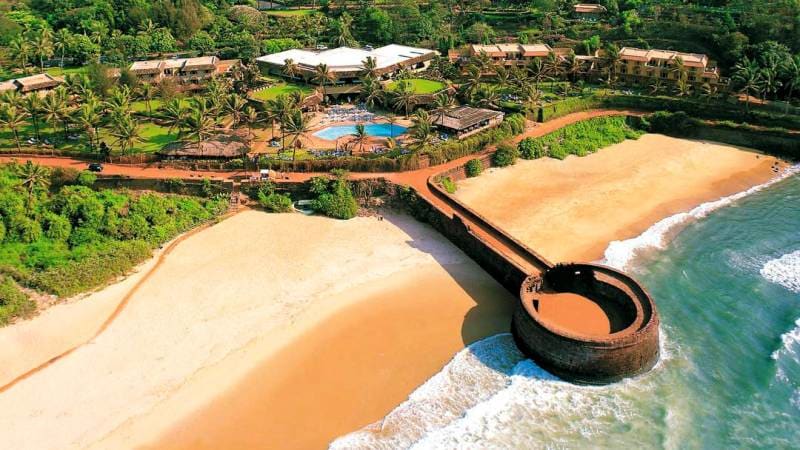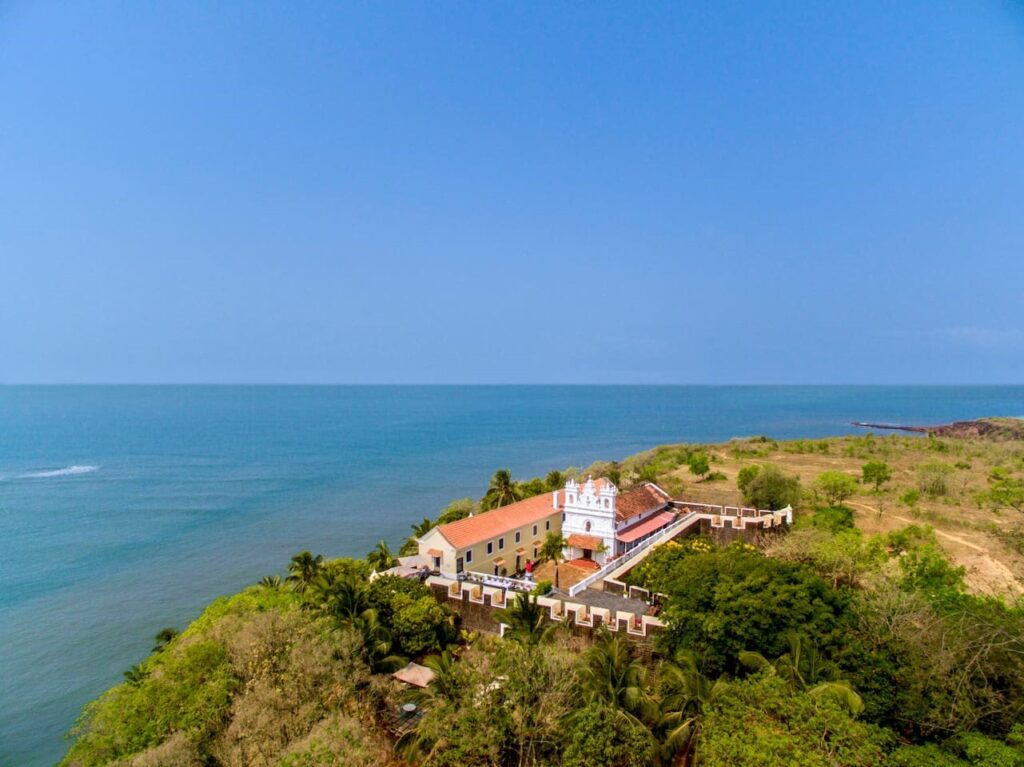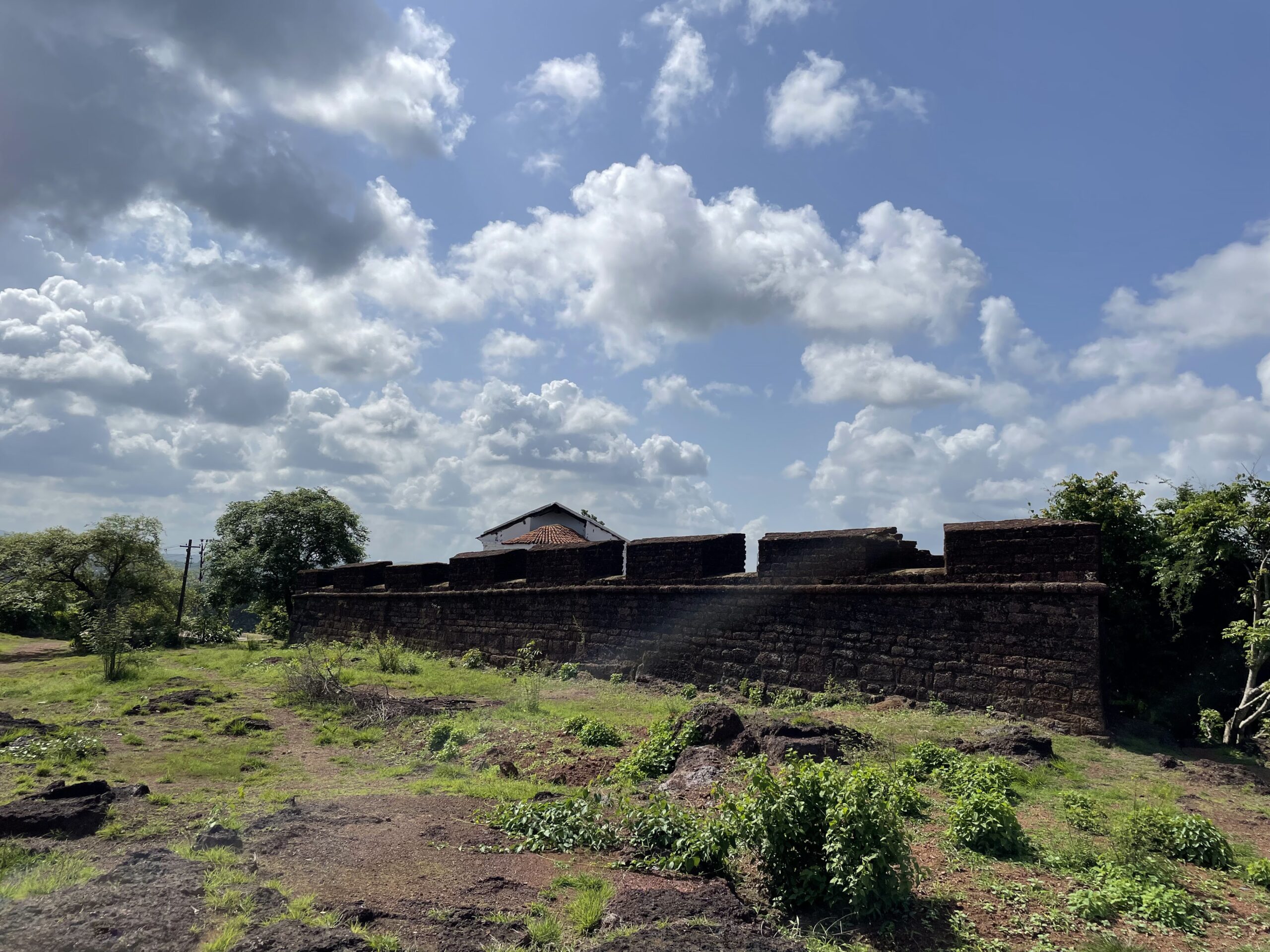
St. Estevam Fort (Jua Fort): The Sentinel of Santo Estevão Island
St Estevam Fort, also known as Jua Fort or Fortaleza de Santo Estevão, is a historic military structure perched atop the highest point of Santo Estevão Island in North Goa. Surrounded by the Mandovi River, this fort offers a blend of colonial history, strategic significance, and scenic beauty, making it a fascinating stop for heritage explorers.
Visiting Hours: Daylight hours (best visited in the morning or late afternoon)
Entry Fee: Free
Dress Code: Comfortable attire and sturdy shoes are recommended for the climb
How to Reach
View Location
The fort is located about 23 km from Panaji and can be reached by road via the bridge connecting Santo Estevão Island to the mainland. The final approach involves a short but steep walk up a hill, rewarded by panoramic views of the river and countryside.
History and Origins
Originally constructed in 1550 as a watchtower by the Portuguese, St Estevam Fort was designed to guard the Mandovi River and serve as the easternmost defensive outpost in the Velhas Conquistas (Old Conquests) of Goa. Following Maratha incursions in the late 17th century, the structure was expanded into a full-fledged fort by 1668. The fort played a key role in the defense of the region, witnessing several battles and changes of control, including a notable Maratha attack in 1683 when the garrison was overwhelmed and massacred.
After the Portuguese expanded their territory, the fort gradually lost its strategic importance and was abandoned in 1811. Restoration efforts have been undertaken in recent years to preserve its historical value.
Architectural Features
St Estevam Fort is built primarily from laterite stone and features a unique triangular layout, surrounded by a moat on three sides. The entrance is marked by a modest archway leading into an open courtyard, with remnants of defensive walls and bastions. The fort’s hilltop location provides sweeping views of the Mandovi River, lush fields, and nearby villages. A striking modern statue of Christ the King now stands at the summit, serving as a local landmark and popular photo spot, especially at sunset.
Cultural and Local Significance
The fort is a symbol of the island’s resilience and colonial past. It is also associated with local legends and stories, including its use as a lookout for spice trade routes and its role in various military campaigns. The Christ the King statue at the summit is a place of quiet reflection for locals and visitors alike.
Visitor Experience
St Estevam Fort is less commercialized than other Goan forts, offering a peaceful, offbeat experience. The climb up the steps is rewarded by tranquil surroundings and breathtaking vistas—ideal for photography, picnics, or simply soaking in the history and natural beauty.
Nearby Attractions
- St Estevam Church: One of Goa’s largest and architecturally rich churches, located in the village below
- Mandovi River cruises and fishing villages
- The scenic countryside and paddy fields of Santo Estevão Island
St Estevam Fort stands as a testament to Goa’s layered history and offers a unique blend of adventure, heritage, and serenity, perfect for those seeking to explore beyond the usual tourist trail.

